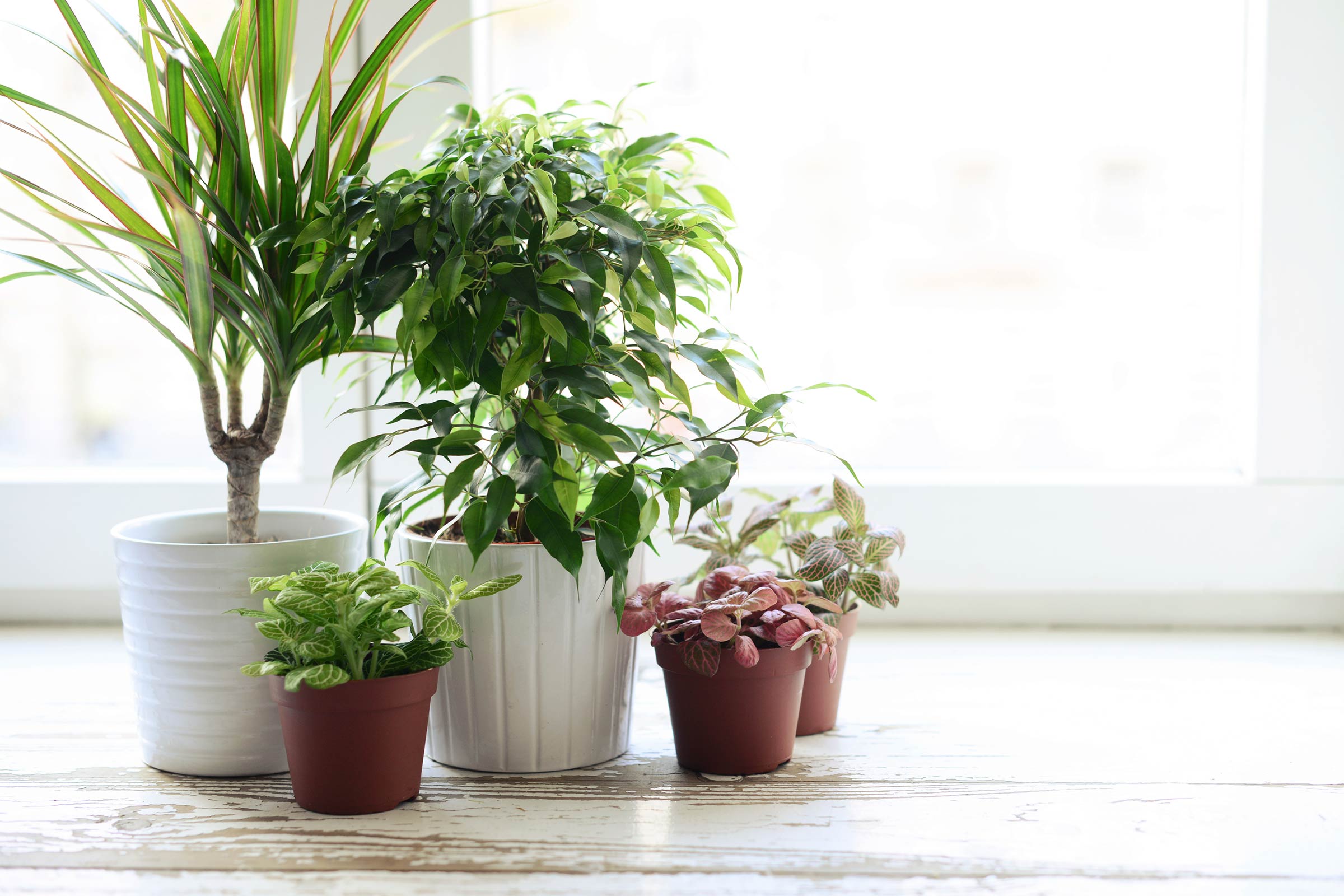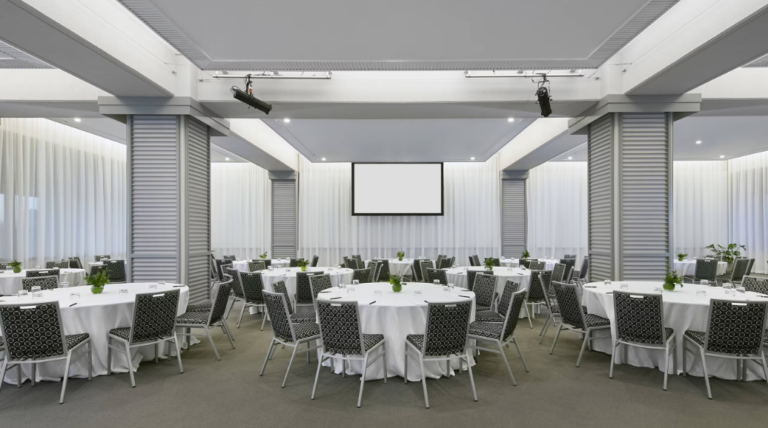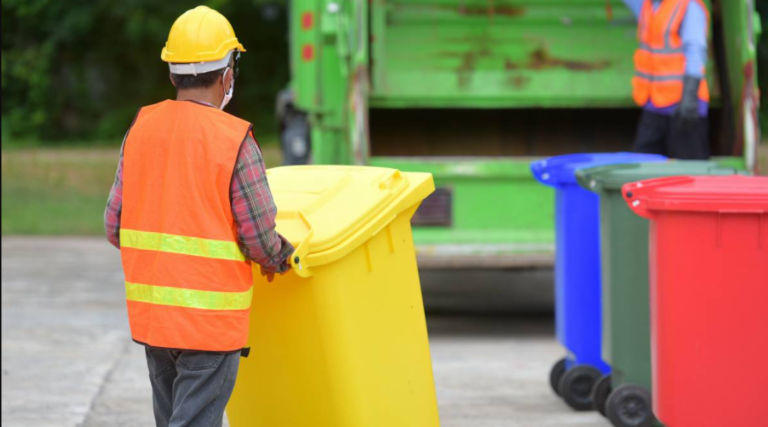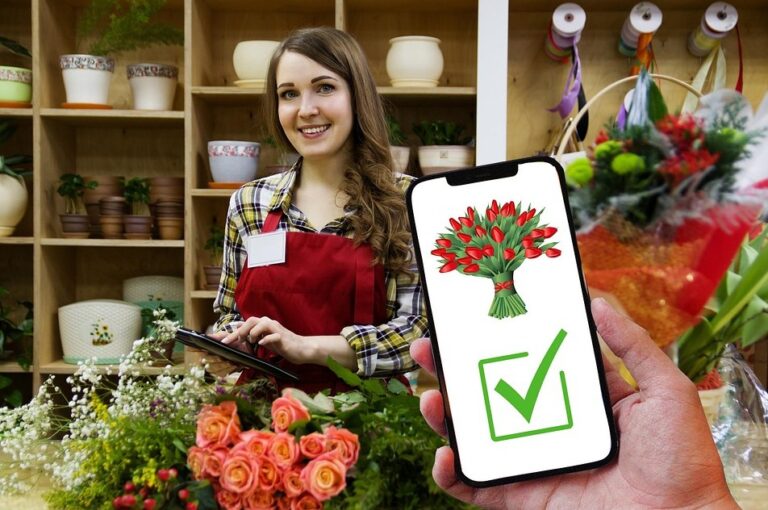
Whether you start with a seedling, an established cutting, a plant lifted from the garden, or a knob, the way you first pot a plant is essential to its future wellbeing. Pot it inaccurately, and odds of it developing great are thin.
Most vital is the nature of the gardening soil in which your plant will develop. With a couple of special cases, house plants flourish in a gardening soil blend made out of rock, peat, and soil in equivalent extents.
Exemptions to this are: prickly plant and succulents of most sorts, which develop best in a blend of half soil and half coarse sand; greeneries, which favor a blend of half soil and half leaf shape or sphagnum greenery; and a plants online shopping, for example, camellias, which require a corrosive soil and corrosive compost. These are accessible at garden shops all over the place.
You can make up your particular fertilised soil blend, or you can get it economically arranged. However, whatever sort of blend that you utilise, make sure it is soggy, not dry or wet when you’re prepared to utilise it. Delicate roots ‘settle in’ best and ensure minimal harm in sodden soil. It’s convenient to keep some dirt that is appropriately moist in a plastic pack.
Bear in mind to put a layer of coarse material for seepage in the base of the pot before you start to load with gardening soil. Broken lumps of mud pots or little shakes are useful for this reason. Overlook this progression if you utilise a self-watering pot.
Consider looks when you pot a plant. Your eye will let you know when a pot is of the right size, to the extent to the plant. Earth pots come in sizes up to 14 inches. The standard size has a profundity equivalent to top width; the sizes called “knob” and “Azalea” container are not as profound as they are wide.
If the plant is youthful and of a sort that can be relied upon to develop quickly, take into consideration this future development in selecting the measure of the pot. On the off chance that you pick one too little, reporting will soon be vital.
If you utilise a pot in which plants have already developed, verify that it is completely spotless before reusing it.
A plant needs repotting when its underlying foundations get tangled around the outside of the dirt ball in which it is developing. Quickly developing plants ought to be checked each three or four months. Moderate developing plants presumably won’t require reporting more than once per year.
Commonly, it is best to move a plant to a pot close to an inch or two bigger than its previous pot. On the off chance that the pot is too extensive in connection to the plant, the dirt will dry out gradually, and it will be troublesome for you to control the dampness. Topsoil might be dry while the focal soil is still wet.







